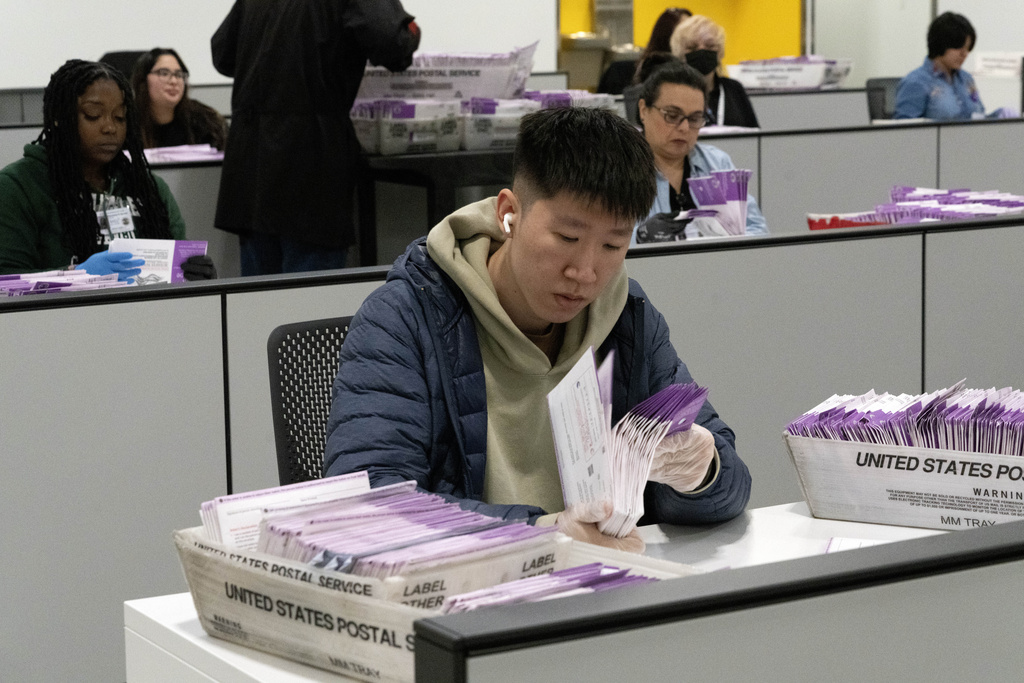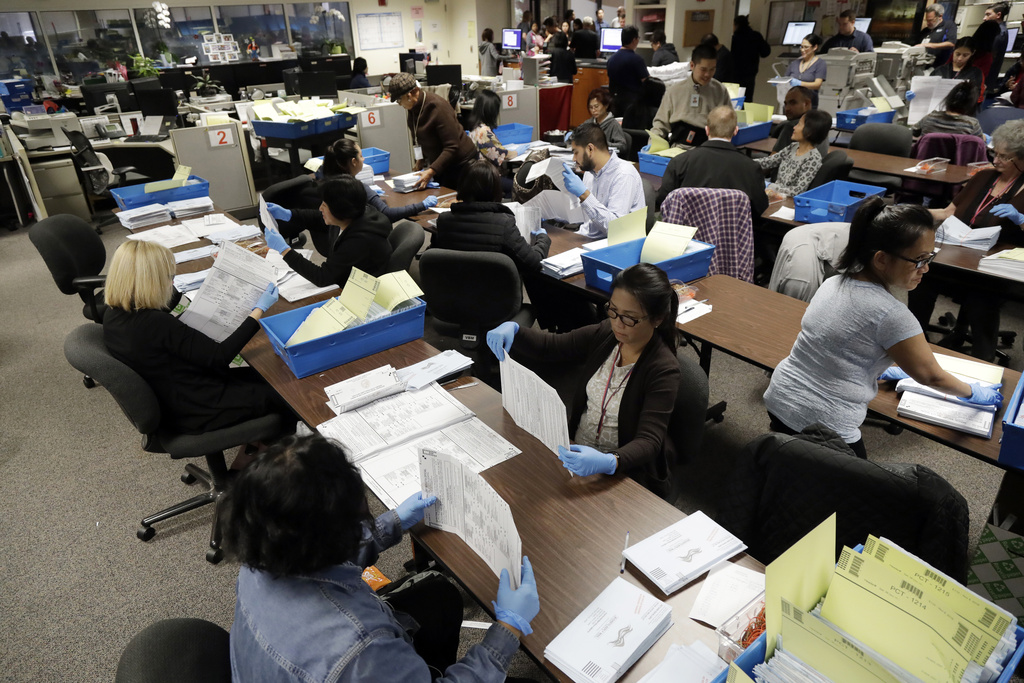Why California and Florida Count Ballots at Different Speeds \ Newslooks \ Washington DC \ Mary Sidiqi \ Evening Edition \ California and Florida differ widely in their election counting methods, reflecting their unique priorities. California emphasizes voter access and allows extra time for mail-in ballots, often leading to a slower count that continues weeks post-Election Day. Florida, prioritizing efficiency and quick results, uses strict ballot deadlines and pre-counting procedures that enable timely reporting soon after polls close. Each approach balances voter access, speed, and security based on state-specific choices.

Ballot Counting in California vs. Florida: Quick Looks
- Fast Reporting in Florida: Known for quick counts, Florida reports near-complete results hours after polls close.
- Lengthy Count in California: California’s count continues for weeks due to extended mail-in ballot acceptance and verification steps.
- Distinct Priorities: California maximizes voter access and inclusivity; Florida emphasizes timely reporting and efficiency.
- Mail-In Voting Policies: California allows mail-in ballots postmarked by Election Day; Florida requires ballot arrival by poll close.
- Historical Context: California expanded vote-by-mail options gradually, while Florida reformed its process post-2000 election for speed and consistency.
- Verification Process: California has extensive post-Election Day verification; Florida uses scanners to catch errors in real-time.
Deep Look
California’s Long-Standing Emphasis on Accessibility
California, the most populous state in the U.S., has built its election system to prioritize inclusivity, which allows a wide array of options for voters. This accessibility includes sending every registered voter a mail ballot and giving them flexibility on when to submit it. In California, ballots that are postmarked by Election Day can arrive up to a week afterward and still be counted, which means the full tally often isn’t known immediately. As Democratic Assemblymember Marc Berman, a key figure in California election reform, explained, California’s approach encourages maximum participation but results in slower reporting.
A key feature of California’s approach is its vote-by-mail system, which was formally adopted in 2021 after years of incremental expansion. While the state has long permitted absentee voting, it moved toward universal mail-in ballots over the past decade, allowing every eligible voter to receive a ballot without needing to apply. The pandemic expedited this shift, and by 2022, California made all-mail elections permanent. The increased reliance on mail-in voting, which requires each ballot to go through a detailed verification process, contributes significantly to the extended count.
Additionally, California has progressively extended the time allowed for voters to resolve issues with their mail-in ballots. Originally, ballots had to arrive within three days of Election Day, but this deadline has since been extended to seven days. If a ballot arrives with a missing or mismatched signature, California allows voters four weeks post-election to address these discrepancies. This leniency minimizes the risk of voter disenfranchisement but delays the final results, as officials continue to process and validate incoming ballots until the extended deadlines pass.
Florida’s Streamlined Process for Quick Results
Unlike California, Florida emphasizes efficiency and timeliness, largely as a result of reforms implemented after the contentious 2000 presidential election, when the U.S. Supreme Court ultimately decided the outcome due to an extended recount process. The 2001 Florida Election Reform Act established standardized equipment and procedures statewide, aiming to avoid another such scenario. Florida’s reforms included introducing optical ballot scanners, which have since become a core part of its fast tabulation system. These scanners instantly alert voters to potential errors, such as overvoting, allowing them to correct mistakes on-site and reducing the need for time-consuming corrections.
Florida’s streamlined approach also includes a strict two-day period after the election during which voters can fix any signature mismatches or missing signatures on mail ballots. By contrast, California allows a four-week window for these corrections. Florida’s shorter correction period supports a more expedited process while maintaining ballot integrity.
Balancing Voter Access and Quick Reporting
The differing priorities in California and Florida’s election systems reflect distinct philosophies in balancing voter access with efficient reporting. California’s approach has cultivated a voting culture that values inclusivity and flexibility, ensuring that every voter has the opportunity to participate, even if it means waiting longer for final results. This gradual approach, which encourages high turnout, gives voters time to address issues with their ballots and accommodates the state’s large and diverse population.
The Constitutional Framework and State Choices
Under the Constitution, states are given broad leeway to conduct elections according to their own rules and regulations. As a result, states like California and Florida have been able to design their systems to reflect their priorities, from the speed of reporting to ensuring voter access. California’s lawmakers have intentionally crafted a system that embraces lengthy ballot acceptance windows and verification processes, prioritizing voter inclusion above all. Conversely, Florida has created a system optimized for efficiency, helping to avoid recounts and disputes through a standardized and deadline-driven model.







